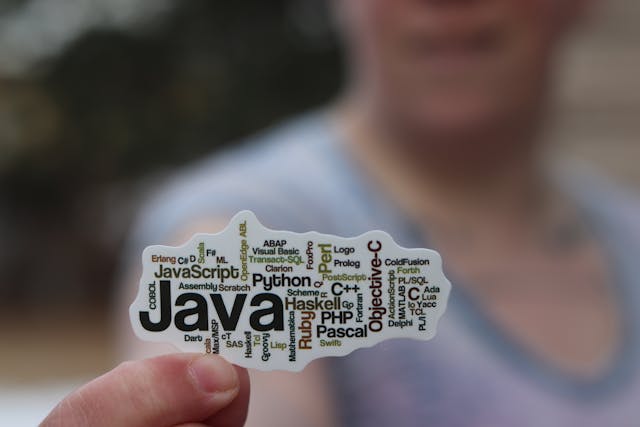What is On Page SEO?
On-Page SEO is optimizing individual web pages to improve a website’s search engine rankings and drive organic traffic. It encompasses elements such as page titles, content, internal links, meta tags, and URL structure that can be optimized to improve user experience and boost organic visibility.
Optimizing these elements for each page of your website can increase the number of visitors to your site from search engines and other sources. This includes optimizing title tags, meta descriptions, content structure, and internal linking. Additionally, you can optimize images by adding Alt text and file names relevant to the page content.
When you work with an SEO company, they can help you identify the best keywords for each page and optimize them accordingly. This will ensure that your website is visible to search engine crawlers and ranks higher in SERPs (Search Engine Results Pages). Additionally, they can help you create optimized content for SEO but are still enjoyable to read.
Table of Contents
Ways to optimize a page
There are various ways to optimize a page, including:
1- Optimize page titles by including relevant keywords and phrases
Page optimization should start with the page titles. Titles should be written engagingly and have carefully chosen keywords to ensure they appear in relevant searches. The titles can help Google understand your page and rank it higher in relevant searches.
2- Write meta descriptions that accurately describe the content of each page
Meta descriptions are short snippets of text that appear under the title of a search result. They should be written to accurately reflect the page’s content and include relevant keywords for improved visibility. This helps to draw users in and make them click on your page from the search engine results.
3- Include links to other pages within the site
Internal links should be used throughout each website, linking to other relevant pages within the same site. This helps to create a logical structure and improve the user experience while boosting SEO as it allows search crawlers to index the content within your website easily.
4-Optimize images by adding Alt text
Images can play an important role in SEO and should be optimized for improved visibility. This includes adding relevant keywords to image file names and Alt tags that accurately describe each image’s contents.
5- Use heading tags to structure content
Heading tags can structure the content on a page, helping search engines understand what each section is about. This should include both H1 and H2 tags, as well as other subheadings if necessary.
The best way to handle on-page SEO is to work with an experienced SEO agency that can help your website rank higher in search engine results. They will be able to identify the best keywords for each page and optimize them accordingly, as well as create content optimized for SEO but still enjoyable to read.
Wrapping Up
On-page SEO is an important part of any successful website and can help to improve its search engine rankings, driving organic traffic and increasing visibility. Optimizing the elements mentioned above for each page of your website can ensure that it is visible to search crawlers and users alike.









